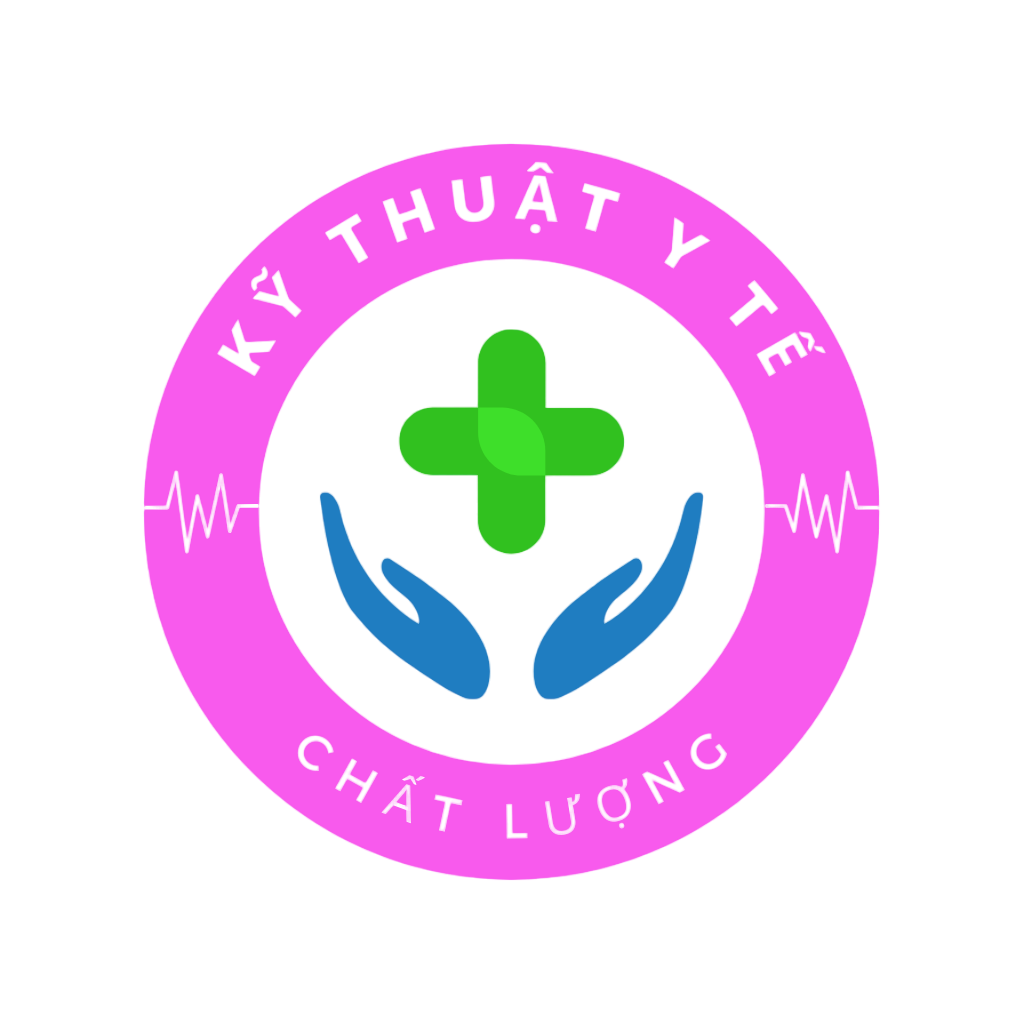American motorcycle culture represents a complex tapestry of rebellion and community, stemming from the aftermath of global conflicts. Evolving from wartime machinery to cultural icons, steel horses transformed into vehicles of personal freedom, bearing both countercultural ideals alongside corporate commodification[5][10][17].
## Origins and Early Development https://usabikers.net/
### WWII Veterans and Motorcycle Clubs
American rider ethos emerged amid the disorientation of returning WWII veterans. Servicemen accustomed to the brotherhood of combat sought new fraternal organizations, resulting in proto-biker associations including veteran-led motorcycle brotherhoods[5][13][17]. Harley-Davidson and Indian motorcycles, that saw military service, transitioned from battlefield tools to lifestyle accessories, cultivating enduring corporate allegiance[5][11].
A defining moment in biker history thrust rider culture into public discourse, as a massive gathering overwhelmed the small California town, resulting in urban chaos and police intervention. This episode cemented the rebellious rider archetype across societal perceptions, despite the majority constituting organized racing enthusiasts[10][13][17].
## Major Motorcycle Organizations
### Legal vs. Extra-Legal Groups
The nation’s largest riding organization originally functioned as the governing body for organized motorcycle sports. However, the association’s discriminatory membership rules—barring racial minorities until the 1950s—fueled the emergence of parallel organizations eschewing traditional hierarchies[11][13].
Major renegade rider organizations emerged as key players in this counterculture:
1. The iconic winged-skull organization[2][3][10]
2. Outlaws MC[3][10][13]
3. Pagans MC[8][10]
4. Texas-born international network[3][10]
These collectives function via formalized leadership roles featuring presidents, sergeants-at-arms, and road captains, while clubhouses often serving as security-enhanced meeting spaces[10][13]. Despite public perceptions of criminality, many chapters participate actively in philanthropic efforts such as fundraising for social causes[8][10][15].
## Cultural Impact and Evolution
### Media Portrayals and Style Trends
The outlaw persona permeates American popular culture, ranging from Hollywood’s rebellious archetype in *The Wild One* to modern reality TV franchises. This cultural permeation appears through:
– Apparel styles: Leather jackets, bandanas, and riding boots marketed through retailers such as [4][12][4][12]
– Soundtrack associations: From punk rock to heavy metal adopting biker aesthetics
– Written narratives: Journalistic exposes and fictionalized accounts[1][6]
Recent sociological analyses highlight the inherent contradiction of modern biker culture: both eschewing societal norms yet remaining deeply corporatized through corporate sponsorships of major rallies[1][7][12].
## Contemporary Landscape and Challenges
### Riding Through 2025
The motorcycle event calendar remains a cornerstone of US motorcycling tradition, featuring this year’s premier events including:
– Daytona Bike Week (Florida)[7][15]
– Sturgis Motorcycle Rally (South Dakota)[7][15]
– Southwestern desert meetup[7]
Developing phenomena reshape the community:
– Increasing female participation through groups like Women in the Wind
– Technological integration through online coordination platforms[7][15]
– Eco-friendly initiatives promoting electric motorcycle adoption[15][17]
Legal and ethical debates continue, particularly regarding:
– Outlaw club violence versus policing approaches[10][13][17]
– Ethical corporate partnerships amid controversial revenue sources[8][17]
– Commercial exploitation issues regarding biker imagery in mainstream fashion[4][12]
## Synthesis and Projections
US motorcycle society occupies a pivotal juncture, negotiating its nonconformist roots against 21st-century commercialization. While new generations adopt electric motorcycles and digital communities, the fundamental spirit regarding liberty and camaraderie endures—manifesting in inclusive memberships and progressive values. Future developments will likely see greater legal oversight and continued cultural relevance, ensuring the perpetual role of two-wheeled culture within US national identity[5][10][17].

Có thể bạn quan tâm
Java Burn Reviews 2025 (New Vital Client Caution Alert!) Components, Benefits, Pros, Disadvantages, and Price BURN$ 39
Cơ hội tăng trưởng bđs khu vực Dĩ An, Bình Dương khi sát nhập vào Thành phố Hồ Chí Minh
{Thị Trường Bất Động Sản Quý 1/2025: | Toàn Cảnh Bất Động Sản Quý 1/2025: | Bất Động Sản Đầu Năm 2025: | Diễn Biến Thị Trường Quý 1/2025: | Phân Tích Thị Trường Quý 1/2025: Tâm Điểm Là căn hộ Bcons Solary
5G Nhụy Hoa Nghệ Tây Khô Cao Cấp